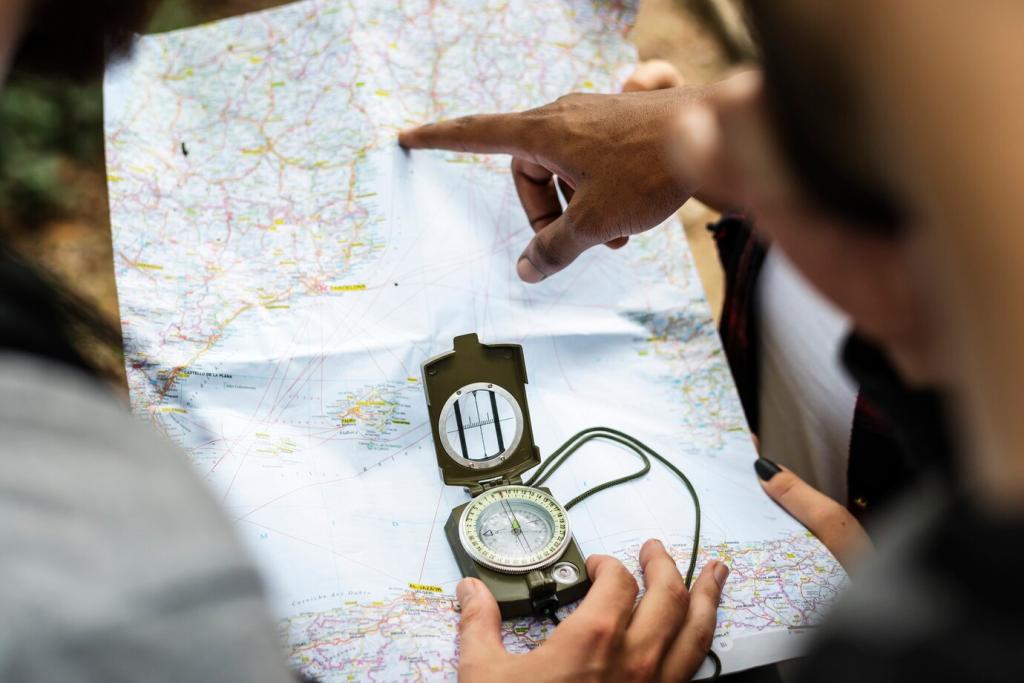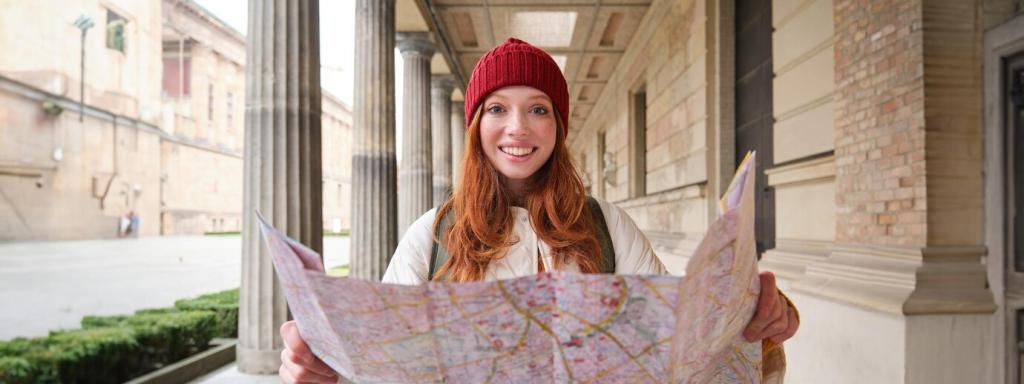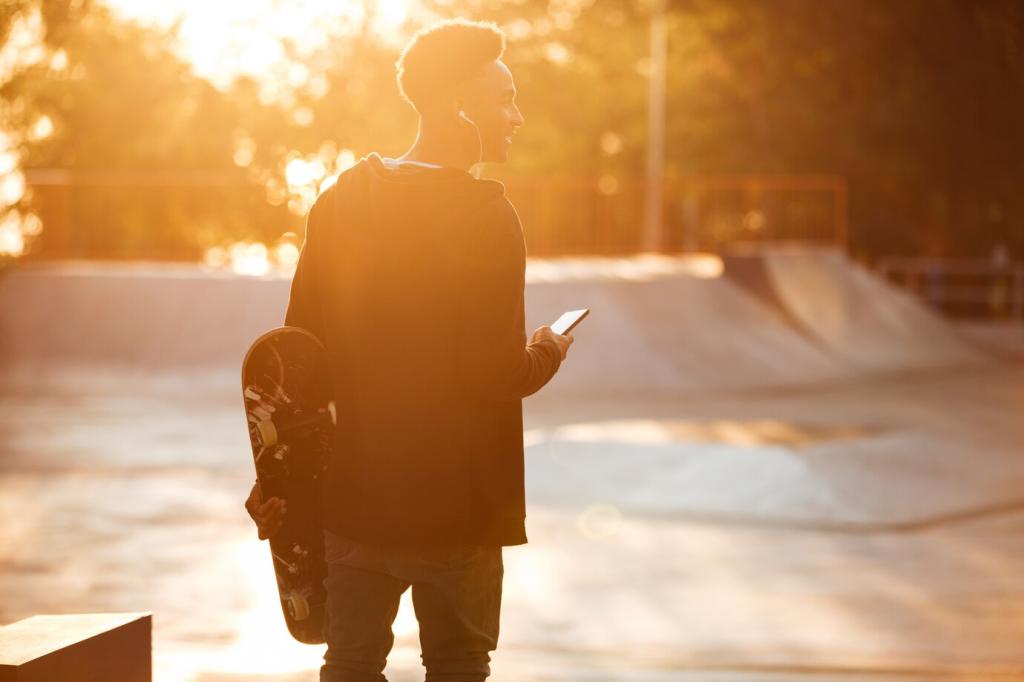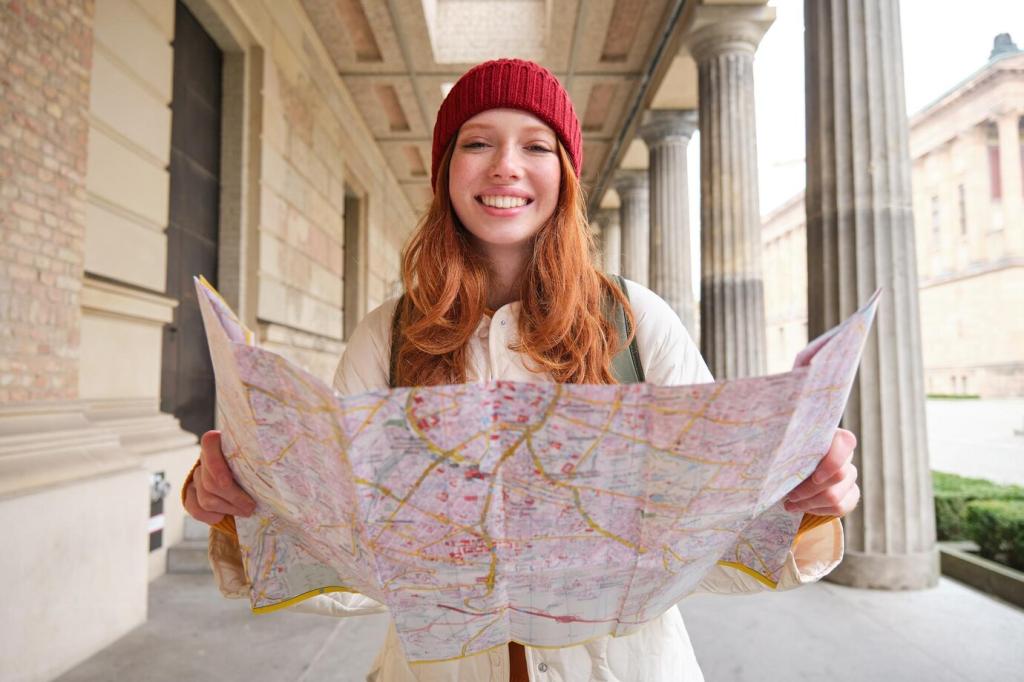Light and Shadow in Urban Photography: Finding Drama in the City
Chosen theme: Light and Shadow in Urban Photography. Step into the streets where brightness slices through concrete and shadow softens steel. We’ll explore moments when the city becomes a theater of contrast, and invite you to share your favorite light-chasing stories and subscribe for more urban inspiration.
The City as a Stage for Light and Shadow
Walk a block and watch facades flicker from blinding highlights to velvet shade. Train your eye to anticipate when the sun rounds a corner, revealing textures, window grids, and trim details that leap from flat surfaces into sculptural form through crisp, directional light.


Golden Hour Arches and Alleys
At golden hour, shadow edges stretch like theater curtains across archways and cobblestones. Position yourself so the sun skims building edges, creating rim light around pedestrians. Try shooting toward the sun for glowing outlines, then share your favorite corner that always delivers luminous drama.

Blue Hour Glow and Ambient Shadow
As city lights flicker on, shadows soften, and the sky becomes a gentle gradient. Balance streetlamps with lingering ambient light to avoid muddy blacks. Use a tripod or steady stance, and tell us which skyline or street market shines brightest for you during the calm, electric blue hour.

Night Light: Neon, Sodium, and Deep Blacks
Night converts streets into high-contrast stages. Neon signs bathe faces in color, while sodium lamps carve strong pools of light. Embrace the darkness instead of fighting it; let blacks be blacks. Post your favorite nocturnal spot where silhouettes stride through illuminated rectangles of doorways and windows.


Mastering Exposure for Contrast-Driven Frames
Use spot metering on the brightest critical highlight, like a sunlit cheek or white facade. Watch the histogram to avoid clipping. If highlights matter most, underexpose slightly, then lift shadows selectively in post. Share screenshots of histograms that helped you nail difficult, contrasty moments.
Mastering Exposure for Contrast-Driven Frames
Modern sensors recover shadows well, but lifting too far reveals noise and flattens mood. Choose your battles: keep deep shadows mysterious if they shape the story. Comment how far you comfortably raise shadows before atmosphere suffers, and whether you prefer gritty texture or velvety darkness.
Composing with Lines, Shapes, and Negative Space
Seek crosswalk stripes, handrails, or tram tracks that lead straight into a bright patch. Position your subject where lines converge, then wait for a passerby. A single stride can complete the composition, turning converging shadows into arrows that whisper, look here, right now.
Composing with Lines, Shapes, and Negative Space
Treat shadows as primary shapes, not byproducts. Triangles from fire escapes, lattice patterns from fences, and window mullions can become your frame’s protagonist. Share a series where the literal object is secondary, and the shadow itself carries the emotional and visual weight.
Respectful Distance and Consent
When photographing strangers, maintain a considerate distance. If someone notices and declines, smile and walk on. Silhouettes can protect identity while keeping narrative. Share your code of conduct in the comments so newcomers learn ethical ways to honor people in public spaces.
Gesture Against the Light
A tilted hat, a swinging bag, or a cyclist’s bend reads clearly in silhouette. Pre-focus on a bright doorway or wall, then wait. The right gesture communicates character instantly. Invite readers to post a single silhouette that tells a story without showing a single facial detail.
Anecdote: The Striding Stranger
One late afternoon, a stranger crossed a sunlit triangle cast by a billboard. The step landed exactly at the triangle’s tip, a perfect exclamation mark. I lowered the camera and laughed, then took the shot anyway. Sometimes the city composes better than we ever could.
Editing for Drama: From RAW to Resonant Monochrome
Subtle dodging pulls attention toward highlights, while burning tames distractions at the frame’s edges. Use masks or radial filters to carve shape from darkness. Share a before-and-after where a gentle burn transformed clutter into intentional depth without betraying the scene’s authenticity.

Join our mailing list
